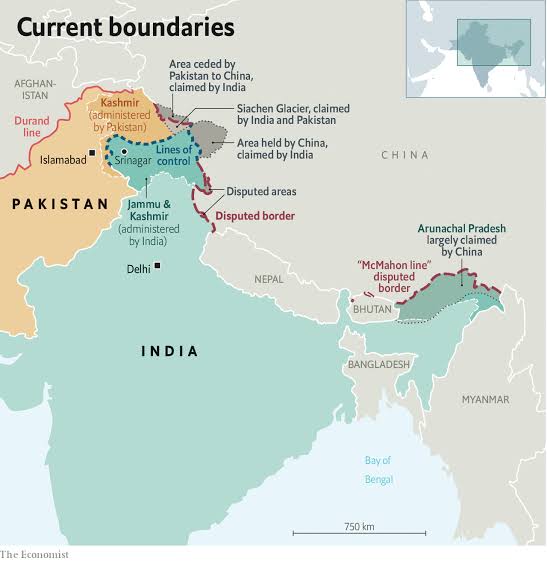At the time when the South Asian nations are trying to ramp up defences on its restive borders with China and Pakistan, India’s move to ban the import of certain weapon systems will renderlittle boost to the local manufacturings and will sow uncertainty as Prime Minister Narendra Modi’s administration earlier this month announced a ban on $47 billion worth of imports that includes communication satellites, conventional submarines and light machine guns.But defence experts say that they didn’t address crucial issues such as the certification of systems and locally-made components and also it won’t prevent the military from making emergency purchases of equipment from the foreign venders.
Modi’s Government has tried to transform the world’s second-biggest arms importer into adefence manufacturing powerhouse (Aatmnirbhar Bharat) since a 2014 proposal to produce indigenous equipment and systems worth $100 billion by 2020.
The target has since been divided in half and the deadline is extended to 2027. While the need for more advanced weaponries grew more urgent following the most deadly border clash with China in four decades. Especially after what happened in Galwan valley recently.
According to the Stockholm International Peace Research Institute think-tank, India was theworld’s second-biggest importer of foreign defence equipment after Saudi Arabia between 2015and 2019. This included the procurement of fighter jets, transport aircraft, helicopters and
howitzers to modernise its defence forces.

Previously, India purchased most of its weaponries from the Soviet Union but is increasingly purchasing from the United States and Israel. Between April 2015 and August 2020, India’sdefence services had contracted around Rs 3.5 trillion worth of items that are now on the holdlist.
The Government estimates around Rs. 4 trillion worth of orders will now be placed with the domestic industry over the next five to seven years.The Defence Ministry has also split the capital procurement budget for 2020-21 between domestic and foreign procurement routes, Defence Minister Mr Rajnath Singh has said, “Aseparate budget head has been created with an outlay of nearly Rs 52,000 crore for domestic capital procurement in the current financial year.”
The ministry’s ban on imports will have little impact beyond “measures already taken to localize defence production and reduce import dependency,” said Amit Cowsish, a consultant with theNew Delhi-based Manohar Parrikar Institute For Defence Studies and Analyses and a former financial adviser on acquisitions in the Ministry of Defense.
Bharat Karnad, a former member of India’s National Security Advisory Board, said the dependence on foreign weapons constrained the country’s autonomy.“You really have to go cold turkey on imports if you must develop an indigenous industry,” Mr Karnad said. “We have quite extraordinary indigenous capabilities but the procurement process inevitably favours foreign suppliers.”
“Once you are relying on foreign governments, the supply chain can be interrupted for a host ofreasons.” Katnad added
India has joined the U.S and China as the world’s largest military spenders, reflecting geopolitical tensions as well as the country’s reliance on imported weapons and sprawling personnel costs.
[zombify_post]